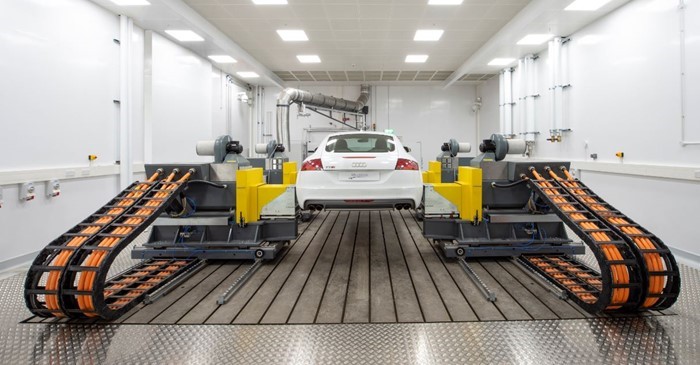Millbrook gears up to test future automotive technologies
New facilities at the Millbrook Proving Ground will take the UK automotive industry’s primary testing centre towards the future of driving. Stuart Nathan reports.

Millbrook Proving Ground in Bedfordshire has for many years been the place where the automotive industry comes to test that its products meet the performance standards for which they are built. A banked circuit allows cars to be driven at speed with no steering input, and routes providing a variety of challenging surfaces, twists and turns snake into the surrounding countryside.
Take a drive around these routes with Millbrook staff and they will show off the area of repaired surface where a car chase was filmed for the James Bond film Casino Royale, and the hero’s iconic Aston Martin tumbled end over end. But those petrol head days are coming to an end, and Millbrook is preparing for the new era of automotive technology, when electrification and autonomy rule the roads.
Recent additions to the facilities at the proving ground include a battery testing centre and an “automotive village”, both designed to facilitate the development of these technologies.
Register now to continue reading
Thanks for visiting The Engineer. You’ve now reached your monthly limit of premium content. Register for free to unlock unlimited access to all of our premium content, as well as the latest technology news, industry opinion and special reports.
Benefits of registering
-
In-depth insights and coverage of key emerging trends
-
Unrestricted access to special reports throughout the year
-
Daily technology news delivered straight to your inbox










Water Sector Talent Exodus Could Cripple The Sector
Maybe if things are essential for the running of a country and we want to pay a fair price we should be running these utilities on a not for profit...